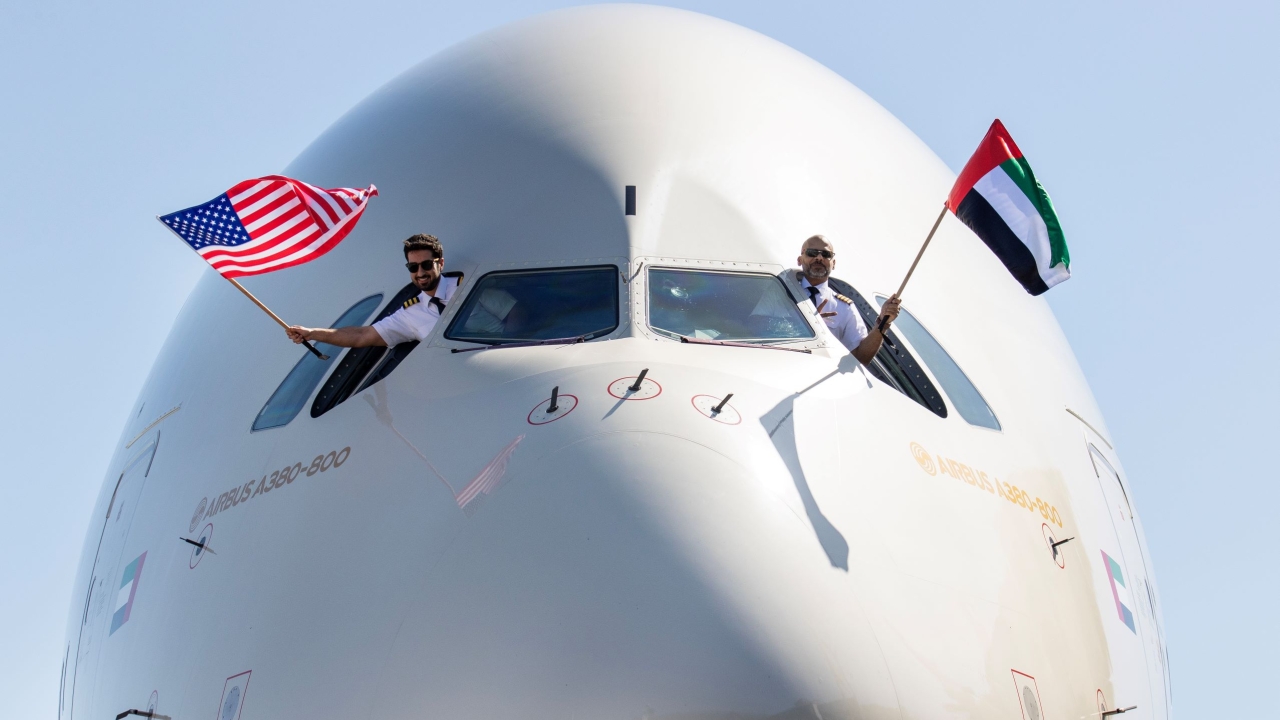Dubai 2015: Dubai debut for Antonov transporter
The Antonov An-178 military transport aircraft is making its Middle East debut at the Dubai Airshow.

The Antonov (stand 2210) An-178 military transport aircraft is making its Middle East debut at the Dubai Airshow.
It forms the centrepiece of the Ukrainian company’s on-going effort to break into the Middle Eastern and African markets.
Mykhaylo Gvozdov, Antonov’s acting president, said: “Participation in the Dubai Airshow has a special significance for the Antonov Company. The markets of the Middle East and Africa are among our main priorities.”
The An-178 was first exhibited at the Paris Airshow in June 2015, just a month after its maiden flight. The same prototype is being shown at Dubai.
The An-178 was originally developed to meet the requirements of the Russian air forces but, with the growing acrimony between Russia and the Ukraine, Russia turned to the rival Ilyushin Il-214. Undeterred, Antonov is offering the An-178 to meet export requirements, with its 15-18 tonne (33,000- 40,000lb) payload making it well suited as a replacement for aircraft like the Lockheed C-130, Antonov An-12 and C-160 Transall.
This is a crowded market sector, dominated by the turboprop-powered Lockheed’s advanced C-130J Super Hercules, Alenia C-27J Spartan, and Airbus Defence and Space C295.
The An-178 also has an even more direct competitor in the shape of the slightly larger but similarly turbofan-powered Embraer KC-390.
Though derived from the commercial An-158 airliner, the An-178 has a new main undercarriage and a new fuselage, and is optimised for operations from different runway surfaces and in more challenging weather and climatic conditions.
Antonov hopes that the An-178 will play a significant part in the company’s plan to get back to producing at least 200 aircraft per year, alongside the commercial An-148 and stretched An-158.
The commercial An-148 forms the basis of a less radically modified military variant, the An-148-300MP maritime patrol aircraft, which has sideways looking and maritime search radar, electro-optical/infrared (EO/IR) and laser sensors, and under-wing pylons for the carriage of search and rescue equipment, smoke floats, etc.
Stay up to date
Subscribe to the free Times Aerospace newsletter and receive the latest content every week. We'll never share your email address.

